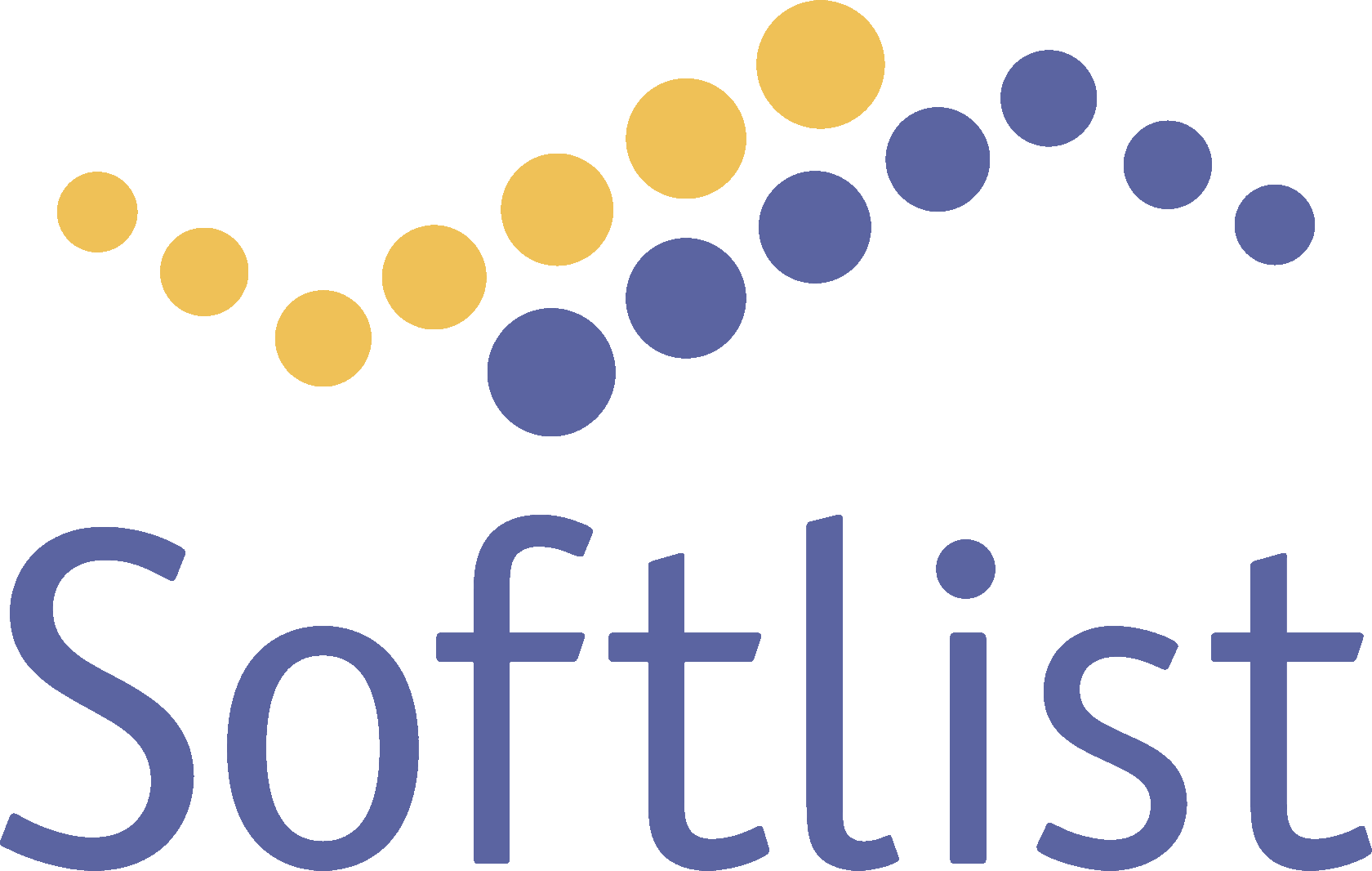In the world of IT, there are several terms that are commonly used to describe the support teams that provide technical assistance to end-users. Among these terms, "service desk," "help desk," and "ITSM" are some of the most popular ones. However, they are often used interchangeably, leading to confusion among those who are not familiar with the nuances of each term.
To clarify the differences between these three terms, we need to understand their meanings, functions, and scope. In this article, we will provide a detailed comparison of service desk vs help desk vs ITSM, highlighting their unique features, benefits, and limitations. By the end of this article, you will have a clear understanding of which term is the most suitable for your organization's needs.
What is a Service Desk?
A service desk is a centralized team that provides a single point of contact for IT-related issues and requests. It is responsible for managing incidents, service requests, and changes, and ensuring that they are resolved or fulfilled according to predefined service level agreements (SLAs). The primary goal of a service desk is to minimize the impact of IT-related incidents on business operations and improve the end-user experience.
Unlike a help desk, which focuses on resolving specific technical issues, a service desk takes a broader approach to IT service management. It incorporates various ITIL (Information Technology Infrastructure Library) processes, such as incident management, problem management, change management, release management, and service level management, to ensure that IT services are delivered in a consistent, efficient, and effective manner.
A service desk typically uses a ticketing system to track and manage IT-related issues and requests. This system allows service desk agents to prioritize, categorize, and escalate tickets based on their urgency and impact. It also enables end-users to monitor the status of their requests and provide feedback on the quality of service they receive.
Unlike a help desk, which focuses on resolving specific technical issues, a service desk takes a broader approach to IT service management. It incorporates various ITIL (Information Technology Infrastructure Library) processes, such as incident management, problem management, change management, release management, and service level management, to ensure that IT services are delivered in a consistent, efficient, and effective manner.
A service desk typically uses a ticketing system to track and manage IT-related issues and requests. This system allows service desk agents to prioritize, categorize, and escalate tickets based on their urgency and impact. It also enables end-users to monitor the status of their requests and provide feedback on the quality of service they receive.
What is a Help Desk?
A help desk is a team that provides technical support and troubleshooting assistance to end-users who experience problems with hardware, software, or other IT-related issues. The primary goal of a help desk is to resolve issues as quickly and effectively as possible, with minimal disruption to the end-user's work.
Unlike a service desk, which focuses on the entire IT service lifecycle, a help desk is more reactive in nature. It responds to individual incidents and requests, rather than managing them as part of a larger service management process. However, a help desk may also use ITIL processes, such as incident management, to ensure that issues are resolved according to predefined procedures.
A help desk typically uses a call center or a remote support tool to receive and manage support requests. It may also have a knowledge base or a self-service portal that allows end-users to find solutions to common problems on their own.
Unlike a service desk, which focuses on the entire IT service lifecycle, a help desk is more reactive in nature. It responds to individual incidents and requests, rather than managing them as part of a larger service management process. However, a help desk may also use ITIL processes, such as incident management, to ensure that issues are resolved according to predefined procedures.
A help desk typically uses a call center or a remote support tool to receive and manage support requests. It may also have a knowledge base or a self-service portal that allows end-users to find solutions to common problems on their own.
What is ITSM?
ITSM (IT Service Management) is a comprehensive approach to managing IT services that encompasses all aspects of the IT service lifecycle. It includes processes, policies, and procedures that are designed to align IT services with the needs of the business, improve the quality of service, and optimize the use of resources.
ITSM incorporates various frameworks, standards, and best practices, such as ITIL, COBIT (Control Objectives for Information and Related Technology), ISO/IEC 20000, and Six Sigma, to provide a structured and systematic approach to IT service management.
ITSM goes beyond the scope of a service desk or a help desk by addressing not only technical issues but also business-related concerns, such as service strategy, service design, service transition, service operation, and continual service improvement. It also emphasizes the importance of collaboration, communication, and customer satisfaction in delivering IT services.
ITSM incorporates various frameworks, standards, and best practices, such as ITIL, COBIT (Control Objectives for Information and Related Technology), ISO/IEC 20000, and Six Sigma, to provide a structured and systematic approach to IT service management.
ITSM goes beyond the scope of a service desk or a help desk by addressing not only technical issues but also business-related concerns, such as service strategy, service design, service transition, service operation, and continual service improvement. It also emphasizes the importance of collaboration, communication, and customer satisfaction in delivering IT services.
Service Desk vs Help Desk vs ITSM: Which one is the best fit for your organization?
Now that we have defined and compared the main features of service desk, help desk, and ITSM, it is time to evaluate which one is the best fit for your organization's needs. The answer depends on several factors, such as the size of your organization, the complexity of your IT infrastructure, the nature of your business operations, and the level of customer support you want to provide.
If your organization has a large IT infrastructure and a high volume of IT-related incidents and requests, a service desk may be the most suitable option. A service desk can help you streamline your IT service management processes, ensure compliance with SLAs, and provide a more consistent and reliable support experience to your end-users.
On the other hand, if your organization has a smaller IT environment and mainly requires technical support for individual issues, a help desk may be a more cost-effective and practical solution. A help desk can provide quick and responsive support to your end-users, without the need for complex ITIL processes or extensive resources.
If your organization requires a comprehensive and integrated approach to IT service management, ITSM may be the best choice. ITSM can help you align your IT services with your business goals, optimize your service delivery, and continuously improve your IT operations. However, ITSM may require more investment in terms of time, resources, and training.
If your organization has a large IT infrastructure and a high volume of IT-related incidents and requests, a service desk may be the most suitable option. A service desk can help you streamline your IT service management processes, ensure compliance with SLAs, and provide a more consistent and reliable support experience to your end-users.
On the other hand, if your organization has a smaller IT environment and mainly requires technical support for individual issues, a help desk may be a more cost-effective and practical solution. A help desk can provide quick and responsive support to your end-users, without the need for complex ITIL processes or extensive resources.
If your organization requires a comprehensive and integrated approach to IT service management, ITSM may be the best choice. ITSM can help you align your IT services with your business goals, optimize your service delivery, and continuously improve your IT operations. However, ITSM may require more investment in terms of time, resources, and training.
Conclusion
In conclusion, service desk vs help desk vs ITSM are three distinct terms that describe different aspects of IT service management. While they share some similarities, such as providing technical support to end-users, they differ in their scope, approach, and objectives.
Understanding the differences between service desk, help desk, and ITSM is essential for organizations that want to optimize their IT service management processes, improve the end-user experience, and increase their business value. By choosing the right approach, organizations can ensure that they are providing the right level of support, at the right cost, and with the right level of efficiency.
Whether you choose a service desk, a help desk, or ITSM, it is important to continuously monitor and evaluate your IT service management practices, to ensure that they are aligned with your business goals and evolving IT landscape. By doing so, you can stay ahead of the competition, provide excellent customer service, and achieve your organizational objectives.
Understanding the differences between service desk, help desk, and ITSM is essential for organizations that want to optimize their IT service management processes, improve the end-user experience, and increase their business value. By choosing the right approach, organizations can ensure that they are providing the right level of support, at the right cost, and with the right level of efficiency.
Whether you choose a service desk, a help desk, or ITSM, it is important to continuously monitor and evaluate your IT service management practices, to ensure that they are aligned with your business goals and evolving IT landscape. By doing so, you can stay ahead of the competition, provide excellent customer service, and achieve your organizational objectives.


